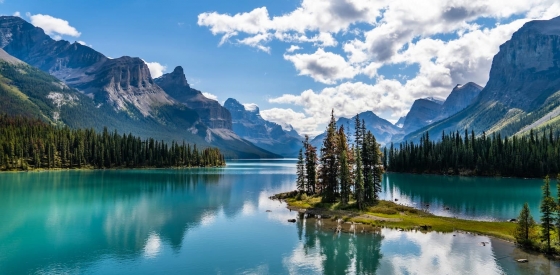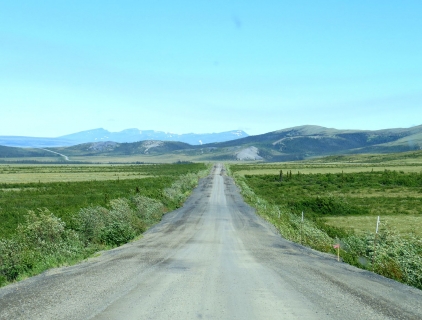Norris Point Climate by Month
The temperature in Norris Point can vary quite a bit throughout the year.
Temperatures can be pleasant during the warmest months,
and very cold during the cooler months.
It also experiences much rain/snowfall throughout the year.
Now, let’s break down all the climate details for a clearer picture.
Average day and night temperature
Visitors to Norris Point can expect significant temperature changes throughout the year. Average daytime temperatures reach a pleasant 20°C in August. In February, the coolest month of the year, temperatures drop to a very cold -4°C. At night, expect cooler temperatures, averaging -12°C during this month.
The mean minimum and maximum temperatures throughout the year
Precipitation and rainy days
Norris Point is known for its substantial rain/snowfall, with annual precipitation reaching 1539 mm. Despite minor fluctuations, Norris Point enjoys fairly consistent precipitation throughout the year. In September, you can expect around 150 mm of precipitation, while in May, Norris Point receives about 100 mm.The mean monthly precipitation over the year, including rain, hail and snow
The best time of year to visit Norris Point in Canada
Other facts from our historical weather data:The coldest season / winter is in the following months: January, February, March and December.
August has an average maximum temperature of 20°C and is the warmest month of the year.
The coldest month is February with an average maximum temperature of -4°C.
September tops the wettest month list with 150 mm of rainfall.
May is the driest month with 100 mm of precipitation.
No idea where to travel to this year? We have a tool that recommends destinations based on your ideal conditions. Find out where to go with our weather planner.




